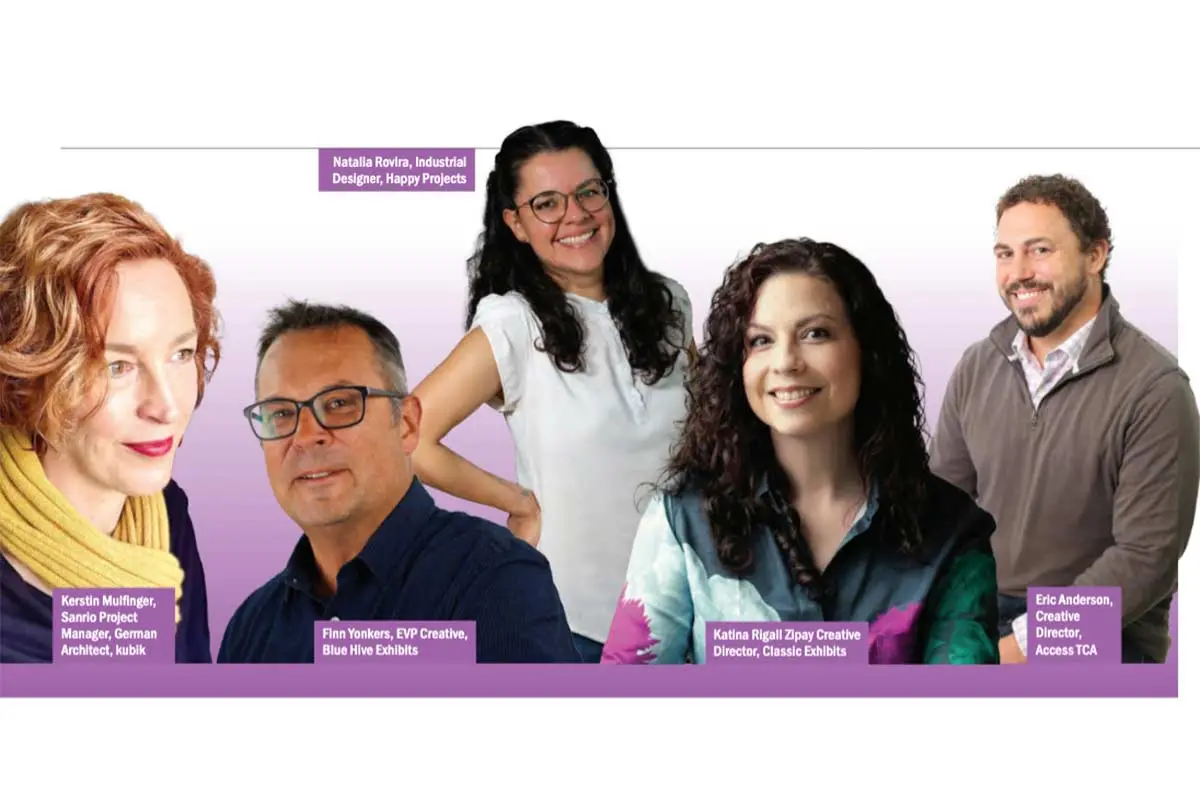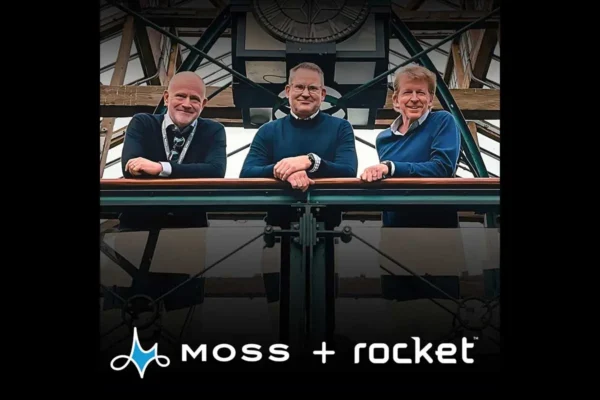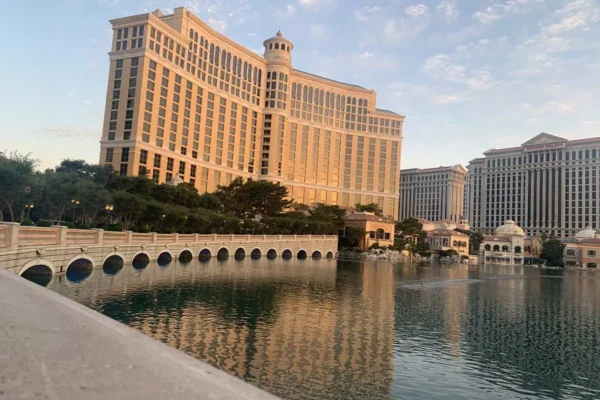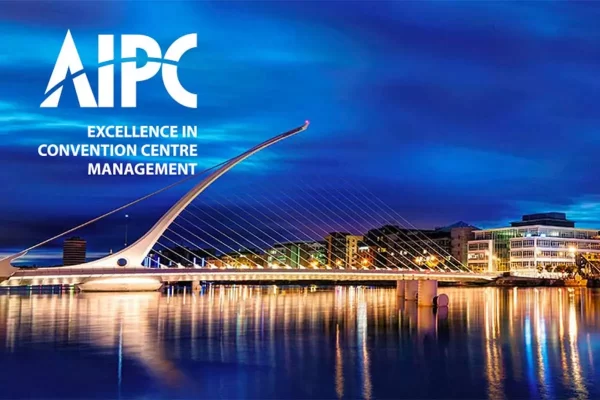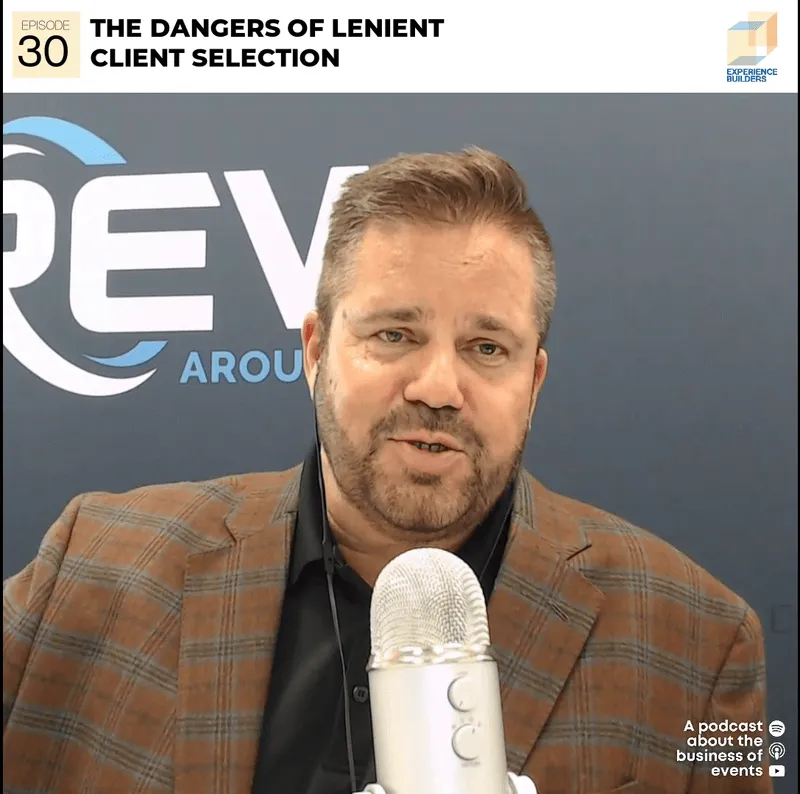Unveiling the Creative Minds Behind UniqUE Event and Exhibition Design
by Pat Friedlander, Exhibit City News
Most of the news about the resurgence of events and exhibitions centers on numbers—revenue, attendance, and expanding the audience. But what is the genesis of the lure of events and exhibitions? It’s design.
Design brings people across the show floor carpet. Design is the foundation of the messages that marketers craft for their audiences. Design fosters engagement, and design creates sensory memories long after the crates are off the floor.
To get some insight into the minds of the artists who create these designs, we reached out to five people working in the field. The two elements that stand out are inspiration and innovation.
Let’s start by learning where design ideas
come from:
Kerstin Mulfinger, Sanrio Project Manager, kubik: First and foremost, check European shows, as they are ahead of the curve. Euroshop, of course, fashion shows, and the Milan furniture fair for material trends.
Katina Rigall, Creative Director, Classic Exhibits: Check Euroshop, for sure. I live in North Carolina, the center of the US furniture industry. We have our own furniture fair, which is always inspirational. My other source of inspiration is my membership in the Society for Experiential Graphic Design (SEGD). I love their conferences. Every year, the conference is held in a different city, so the experience is always different.
Natalia Rovira, Industrial Designer, Happy Projects: Crowd sourcing is important, seeing what other designers are doing. I like to check Behance.com for new ideas. And, of course, Euroshop. Personally, I’ve been fascinated by the concept of Ikigai, the Japanese philosophy that translates to “reason for being.” It emphasizes the intersection of four key elements: passion, skill, societal need, and livelihood. It’s my purpose compass, guiding me towards a sweet spot where interests align with strengths, what the world needs, and how we can make a living. It’s a lifelong pursuit!
What are some of the newer trends that you’re incorporating?
Rigall: I tend to look at forms, shapes, materials, and technology. At Euroshop, I saw innovative uses of rope and twine for furniture. I like the fact that silicone edge graphics (SEG) allow us to do away with Velcro. LED walls are so much more accessible; we now have LED that looks like neon.
Mulfinger: Large LED walls and tablets take photos that can be incorporated into the exhibit display—or you can capture sound to make a memory out of a soundbite.
Eric Anderson, Creative Director, Access TCA: Tech is always important. It’s a vital way of delivering interactive, complex, and in-depth messaging. I am a firm believer in leveraging tech in conjunction with other sensory applications.
A large array of LED tiles on a wall is big, colorful, impactful, and does the trick from a distance. However, its personal limitations and inability to invite the attendee into the space, rather than engage from afar, fall short of the purpose of in-person events.
That said, tech is getting more cost-effective and adaptable, and it will always create buzz if done correctly. Designing a space that integrates the strengths of technology with the structure to drive traffic to more intimate spaces within the exhibit or compel the visitor to become more personal within the space are successful uses of tech.
Put the shiny object out there, but do it cleverly, design it intentionally, and create intrigue. By layering these nuanced design elements intentionally, within the movement of an exhibit, you create the difference between posturing from the aisle and creating memorable engagements.
Finn Yonkers, EVP Creative, Blue Hive Exhibits: Anamorphic video (a cinematic technique that creates a widescreen aspect ratio without cropping or stretching the image) has brought us a third dimension, literally turning the corner on traditional “flat screen on a flat wall.”
Rovira: We’re all about building a personal connection with our clients. We want to be there with them every step of the way, from the initial brainstorming session for their booth design all the way to teardown. Every client is unique. A Japanese company will have different needs than a Dutch one, so we listen carefully and tailor our solutions accordingly.
What about AI—any thoughts?
Yonkers: AI is affecting many industries at different rates. Automotive styling has already integrated AI image manipulation into its process, and the results are quite amazing.
The key to their process is still the human hand sketch, which is manipulated to show variations for further exploration. While I think AI has more immediate potential for lead management and content alignment, soon we will be faced with desktop design capabilities that need to be cultivated to ensure creative relevance, not “scrubbed” or “preconceived” boredom. I’m exploring ways and processes that use AI to enhance the creative process rather than replace it. In this process, getting more abstract and sculptural has been a
pleasant surprise.
How do you showcase your clients’ products and services?
Rigall: Because Classic Exhibits is a manufacturer and our clients are distributors, we get all sorts of requests. The distributors are presenting to their clients—and we get a lot of feedback that gives us great insight into showcasing products and services. We provide search options that include footprint, configuration, and purpose.
The dealers and their clients can choose a custom-built exhibit or a rental—and everything in between. We have a search library of configurations, and every Monday is “Design Monday” when we send out new renderings; we showcase in-lines and islands, portables and modular, banner stands, and hanging signs.
Each week we showcase three new and exciting designs from the best exhibit designers. Distributors can use our interface, or they can use their own brand. This is the kind of intel that helps me be a better designer.
Yonkers: Theatrical reveal has been extremely successful, using lighting and physical mechanisms.
Can we talk about
sustainability?
Anderson: Sustainability isn’t going anywhere, and it’s only going to grow in material change as well as a story-driving mechanism. The important thing about sustainability is how it’s defined.
There are many ways for exhibitors and convention halls to become a part of that story, and I think the more that narrative grows, the more it will create a meaningful shift in this industry. Nobody wants to be left out of a trend like this, but not everybody takes that big step all at once.
Sustainability can happen with pre and post-exhibitor waste practices, structural materials, lighting elements, and how giveaways and literature are being addressed. However, sustainability can also be talked about in terms of reuse: the idea that exhibit assets see a multi-use life beyond their debut is also a valid part of this story.
The change will come, and we will all be using fabrics made from post-consumer waste, vinyl flooring that’s made from water bottles, carpeting that gets recycled instead of tossed post-show, paper-based extrusion infills instead of plastic—the list goes on and on. It’s important to recognize the shift, assess your personal situation, and adjust where prudent—but change is here, and it will shape this industry.
Yonkers: There are obvious “green materials” such as bamboo and hemp, rental aluminum panel systems, and low-voltage internal lighting vs. theatrical truss. These are in full force as part of an all-in philosophy, but transportation is still the lowest-hanging fruit, which means lighter and more efficient structures and remote warehousing solutions are critical.
Mulfinger: Systems are trending again. Materials are being selected as “sustainable,” but they are not reusable; I question this practice. Reuse is preferable to recycling.
Rovira: This is a never-ending learning experience for me. We appear to be headed towards a more sustainable future, all while remaining captivating. The future lies in a blend of the natural and the technological, with trends emphasizing textures and simple forms. Systems are exploding in popularity—they let you create endless shapes! The beauty is that you can combine these aspects. Attach plants, sticks, ropes, or any material you can imagine to the frame. Or you can display hyper-realistic photos and textures while creating immersive experiences with LED skin. And the best part? It’s all eco-friendly—you can reuse the frames endlessly, minimizing waste.
Finally, do you have a design philosophy?
Rovira: Always contribute and do the best you can at the time; there is always room for improvement. I’m a big fan of giving a personalized design after listening to and reading the client’s brief. I strive to make it not generic. In addition to my work, I am always looking to learn from other areas. With books, courses, or diplomas, it is difficult for me to stand still.
Yonkers: It depends on what type of design. I try to work in other fields and disciplines to reboot and expand my perspective, and the following sentiment seems to prevail: brand-driven simplicity steeped in dimensional relevance and the unexpected.
Mulfinger: Less is more but use the 3D space given! People love people. I’ve always believed in it. They call, and they will gather.
Anderson: Design is, ultimately, a visual communication tool that transcends barriers. Identify the message, find that spark, and then bring it to life. We’re all human, and we’re all curious at heart. Good design captures that curious moment and brings it to life.
This story originally appeared in the Q3 2024 issue of Exhibit City News, p. 40. For original layout, visit https://issuu.com/exhibitcitynews/docs/ecn_q3_2024/40.






